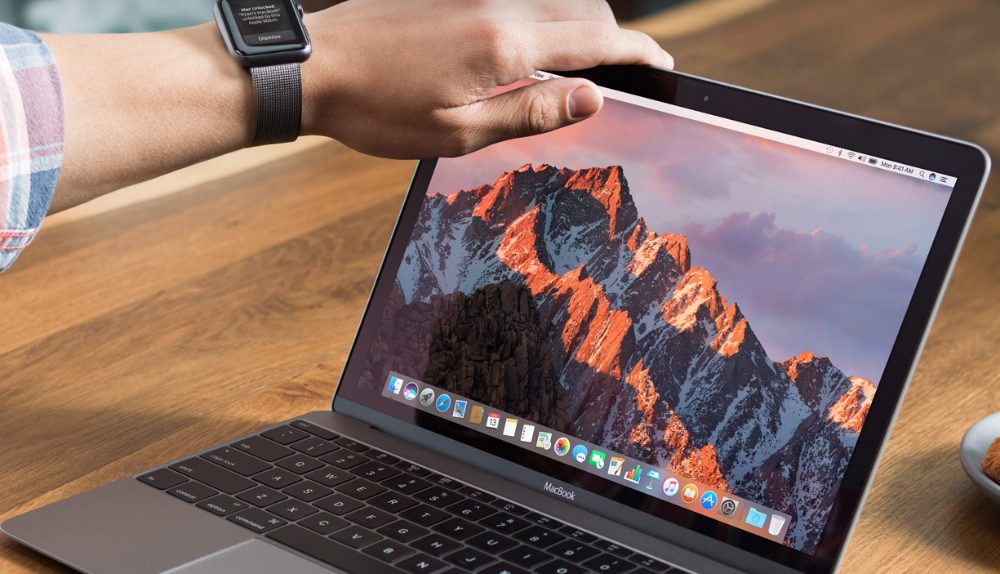OS X is dead, long live macOS. The latest version of Apple’s storied desktop operating system comes with a brand new name, along with some long-awaited features. Siri’s got a home on your laptop now, the integrations with iOS are tighter than ever, and iCloud is actually becoming useful.
Best of all, it’s a free upgrade, and you can get it right now.
DON’T MISS: It’s already getting easier to find the iPhone 7 model you want, and we’ll show you how
MacOS has been available as a developer preview for some time now, so there aren’t too many surprises left in store. Siri integration is probably the biggest deal. At the moment, there’s no always-on Hey Siri command, but Apple has at least included a keyboard shortcut. In our testing, we found it most useful for location-based searches. You can ask things like “where’s the nearest Costco,” or “what does the traffic look like.” As Apple improves on Siri for iOS, those AI gains should translate well to Siri on macOS.
Upgrading is relatively simple and painless, but you’ll still want to back up your data before you proceed. The iOS 10 upgrade bricked some users’ iPhones, and while we’d like to think Apple learned from its mistakes, people still screw up sometimes. OS X’s included Time Machine backup tool is a good way to clone all your documents and settings onto an external hard drive.
Once you’re backed up and ready to go, the easiest thing is to open the App Store application on your desktop. Click to the updates tab, and you should see macOS Sierra there.
If you’re not seeing an update, it’s worth checking if your computer is on the official list of approved devices. Here’s every Mac that should be seeing the update:
- MacBook (Late 2009 or newer)
- MacBook Pro (Mid 2010 or newer)
- MacBook Air (Late 2010 or newer)
- Mac mini (Mid 2010 or newer)
- iMac (Late 2009 or newer)
- Mac Pro (Mid 2010 or newer)









